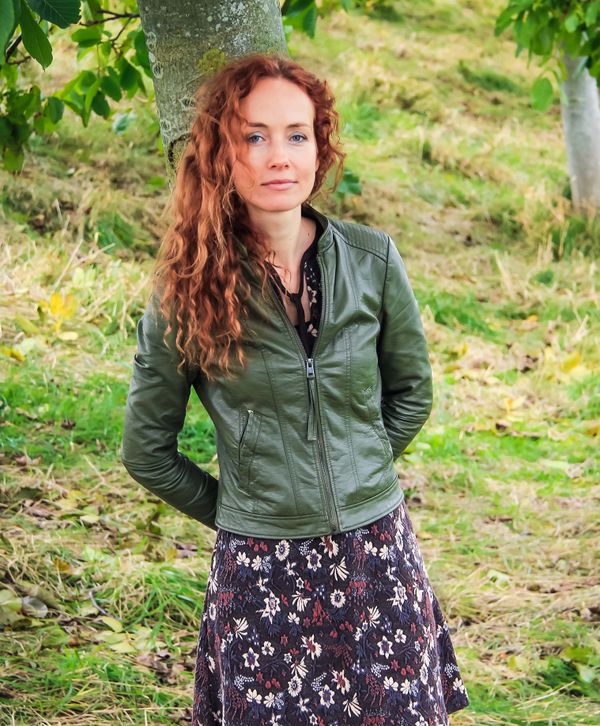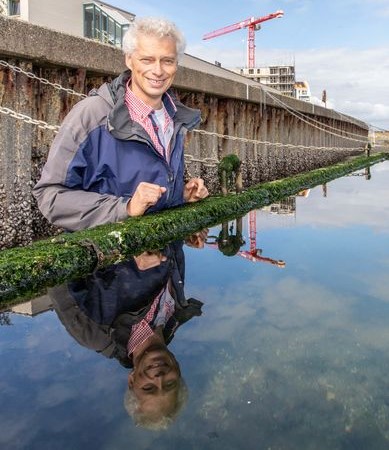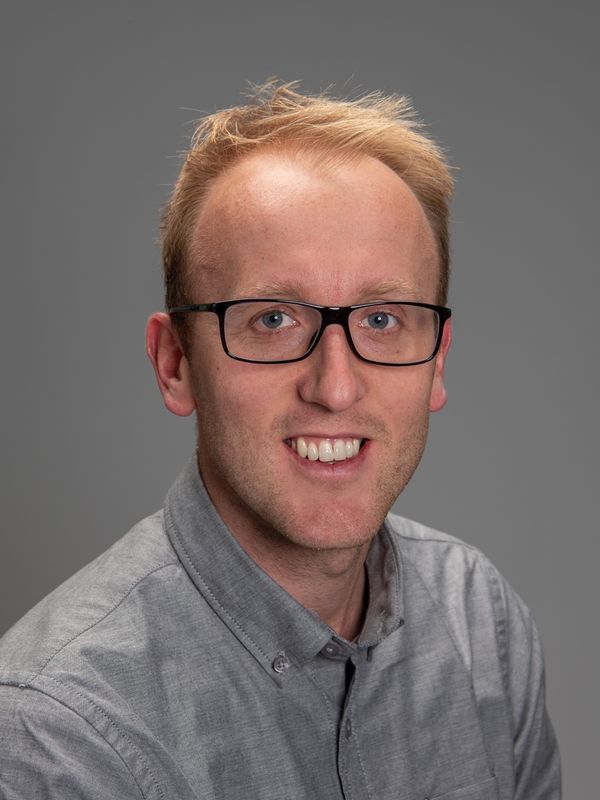Building with Nature
x
Vooral delta’s zijn ontvankelijk voor fenomenen als klimaatverandering, zeespiegelstijging en natuurrampen. Daarom is kustverdediging belangrijk in deze gebieden. De ervaring heeft geleerd dat natuurlijke oplossingen veerkrachtiger zijn om verstoringen te weerstaan. Het lectoraat Building with Nature onderzoekt hoe je in de kustverdediging zoveel mogelijk gebruik kunt maken van de natuur, zodat het naast veiligheid ook mogelijkheden biedt voor recreatie?
Nederland heeft voor een groot deel een zandige kust van strand en duinen. Zo’n kust kan in stand blijven door het samenspel van zand, wind, golven en stroming. Een voorbeeld van een Building with Nature-benadering is het aanvullen van het tekort aan zand waarna het aan de natuur wordt overgelaten om de kust in stand te houden. Extra voordeel is dat je op het strand kunt recreëren.
Dijken
Naast zandige kusten heeft Nederland dijken. Voorbeelden van Building with Nature-oplossingen in dit soort gebieden zijn kunstmatige oesterriffen of het herstel van schorren waardoor de golfaanval op de dijk wordt verminderd. De onderzoeksgroep doet ook onderzoek naar het verhogen van natuurwaarden op de dijken zelf. De onderzoekers werken veel op locatie, in het veld of in het laboratorium.
De lectoren zijn Tjeerd Bouma en Wietse van de Lageweg.- Missie
- Ontwikkeling van, onderzoek naar en onderwijs over toepasbare oplossingen voor het gebruik en de productie van ecosysteemdiensten als een functioneel onderdeel van de natte infrastructuur.
- Doelstelling
- Gebruik maken van natuurlijke processen, niet alleen om de waterveiligheid te verbeteren, maar ook om natuurlijke waarden aan de gebieden toe te voegen. Dit gebeurt in samenwerking met verschillende lokale, regionale, nationale en internationale partners. Hiermee hopen we te bereiken dat de kennis van wetenschappelijk onderzoek wordt benut voor praktische oplossingen, dat onderzoek en onderwijs worden gecombineerd en dat nationale en internationale partners samenwerken.
- Lector
- Wietse van de Lageweg, Tjeerd Bouma
- Contactpersoon
- Wietse van de Lageweg
- HZ-thema's
- Water, Voeding
Onderzoekers
Kernprojecten
Projecten
Kernpublicaties
Geen publicaties.




